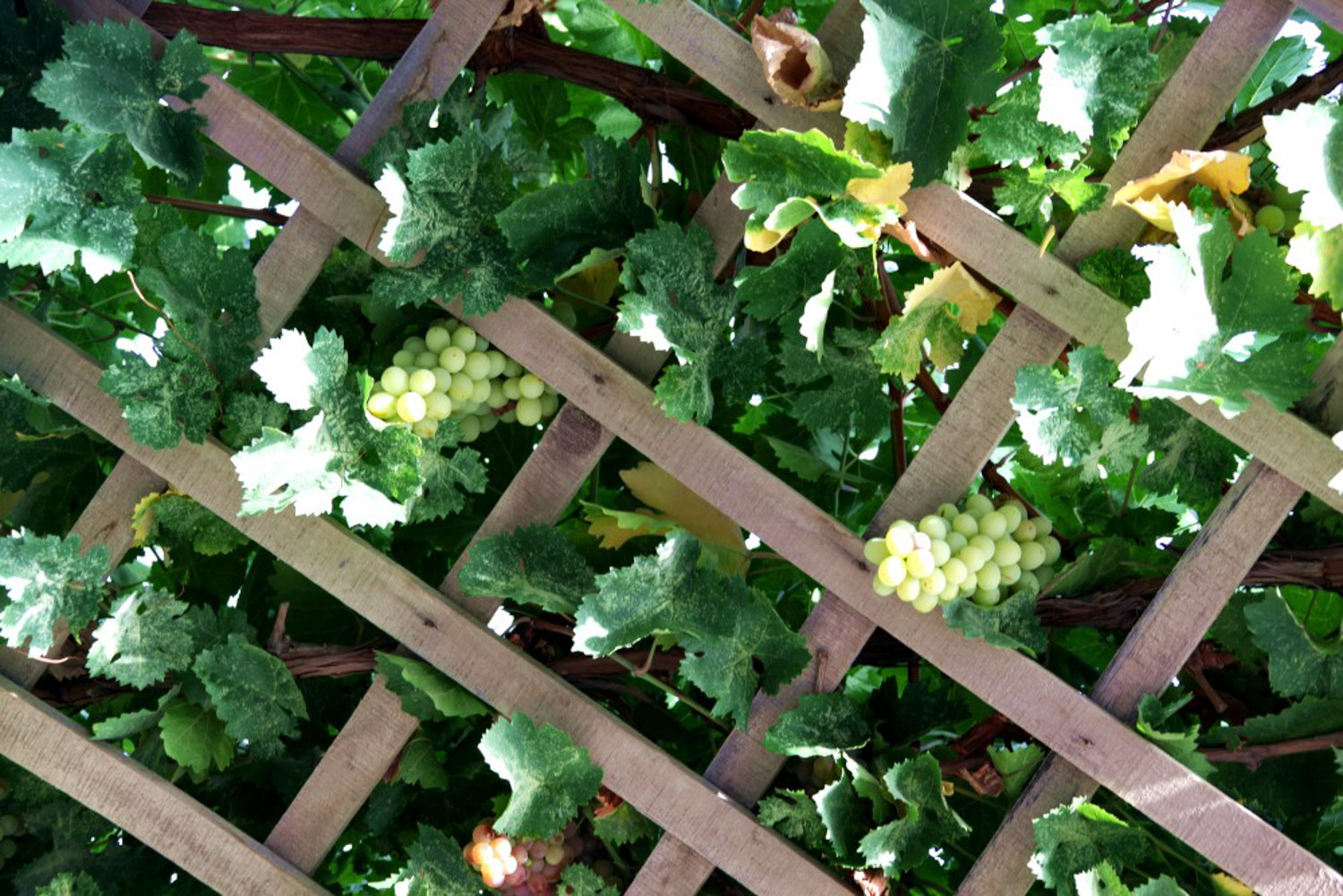1、 How to keep warm
1. Watering and freezing water: the soil shall be buried in winter, and the frozen water shall be watered about 10 days before the soil is buried, so as to prevent its root system from freezing damage and drought in early spring. Pay attention to watering enough and thoroughly when watering, so as to saturate the soil, and then cover the soil when the soil becomes slightly dry

2. Get off the shelf and bury the soil in time: in the early winter season, the temperature in the north is low and the wind is strong. Prune it in time to avoid a large amount of evaporation of stem and branch water. After pruning, bind the branches and vines, and bury the soil when the temperature is 2 degrees in a row. Don't bury too much soil for the first time, just don't expose branches and vines

3. Timely bury the second anti freezing soil: when the temperature is 0 ℃, bury the second anti freezing soil. At this time, the thickness of buried soil should be increased to avoid freezing damage. Also prepare an appropriate amount of hay or corn straw to keep warm and put it in the root system, which can increase the temperature. Be careful not to dig too close to the root system. At this time, the width of the buried soil is about 1.8-2 meters and the thickness is more than 60 cm

2、 How many degrees below zero
Although vines have certain cold resistance, the temperature in the north is too low. If they are not buried in the soil, they are easy to be frostbitten. How many degrees below zero is buried depends on its cold resistance. Usually, the root system will be frostbitten when the temperature is 6 degrees below zero, and it is easy to freeze to death when the temperature is 8 degrees below zero. Therefore, the temperature should be controlled above minus 6 degrees. It is recommended to bury the soil when the temperature is reduced by 2 degrees, so as to avoid freezing

 how many times do yo...
how many times do yo... how many planted tre...
how many planted tre... how many pine trees ...
how many pine trees ... how many pecan trees...
how many pecan trees... how many plants comp...
how many plants comp... how many plants can ...
how many plants can ... how many plants and ...
how many plants and ... how many pepper plan...
how many pepper plan...





























